Organismal Biology — Lab 10 online
ANIMAL DIVERSITY II:
Ecdysozoa
Download the instructions for this lab.
ECDYSOZOA
(Animals that molt)
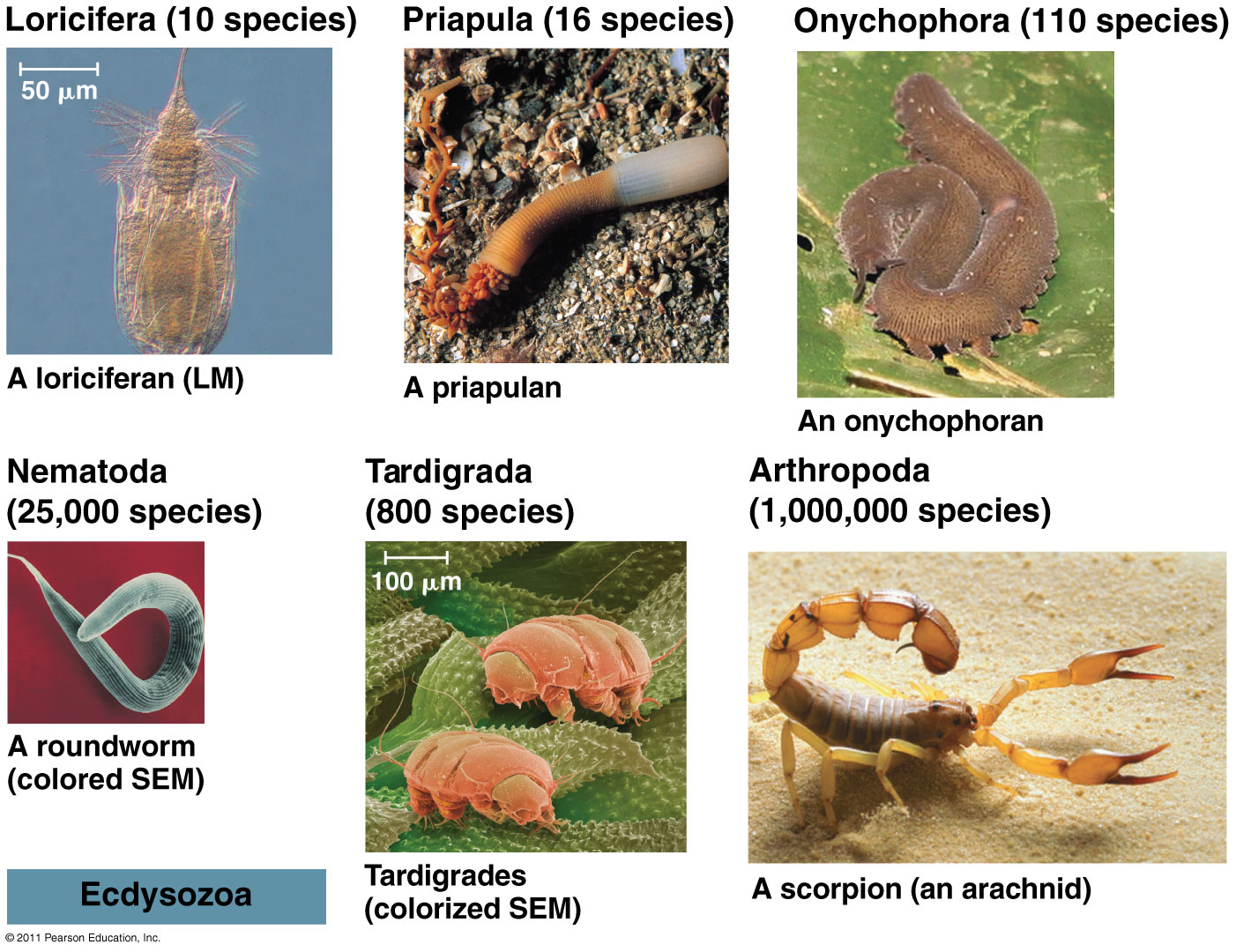
Phylum NEMATODA (roundworms):
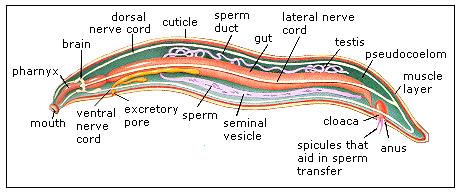
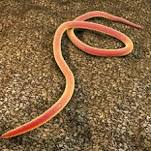 Enterobius (human pinworm) | 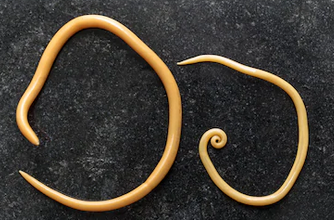 Ascaris (female on left, male on right) |

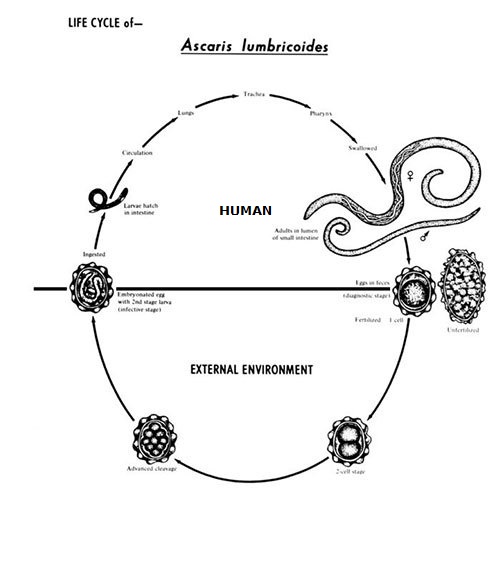 |  CDC worker holding a mass of Ascaris worms retrieved from the intestines of a single child in Kenya |
Phylum NEMATOMORPHA (horsehair worms):
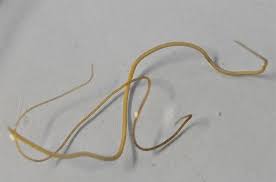 | 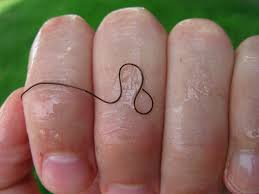 |  Horsehair worms are often parasitic inside insects |
Phylum TARDIGRADA ("water bears" or tardigrades):
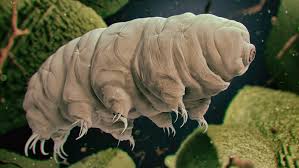
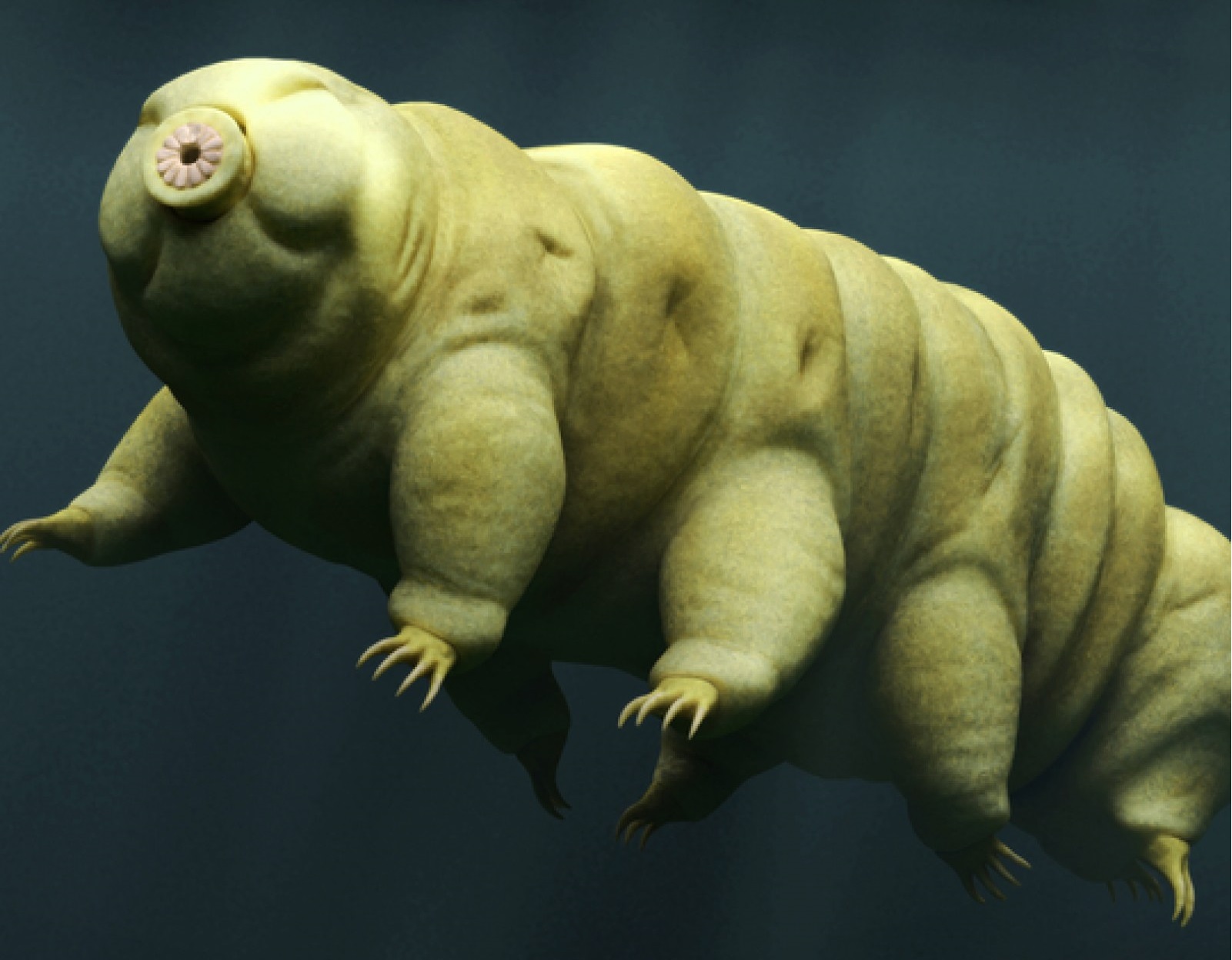
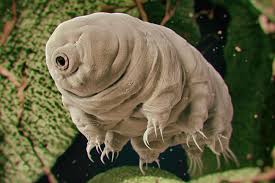
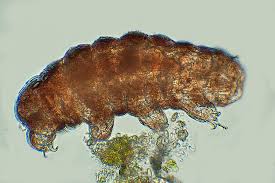
CLICK FOR TARDIGRADE VIDEO
Phylum ONYCHOPHORA ("velvet worms"):
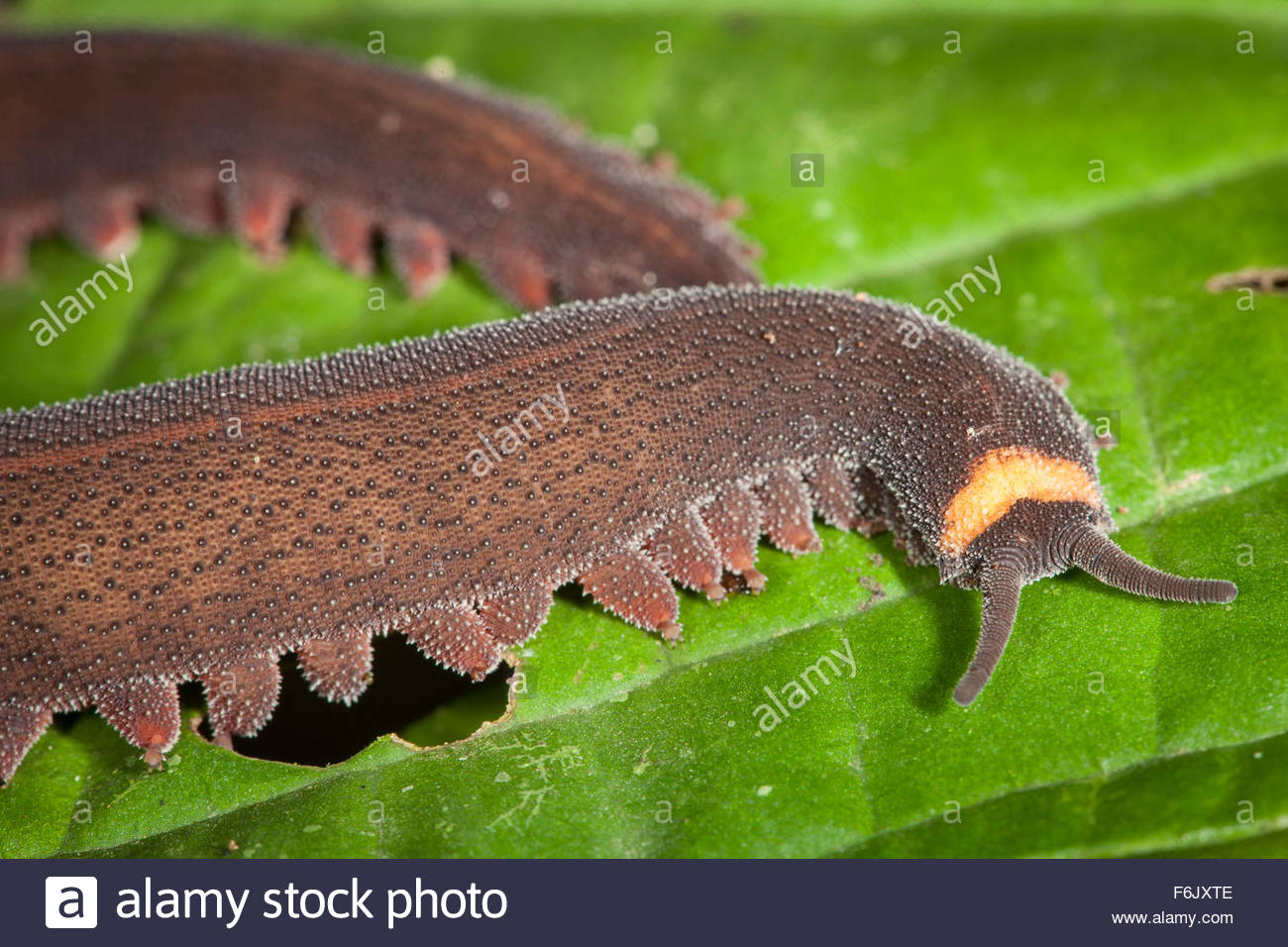
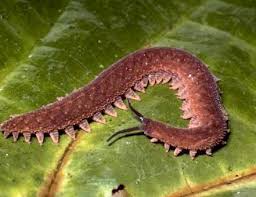


CLICK FOR ONYCHOPHORA: VELVET WORM VIDEO
Phylum ARTHROPODA
(animals with jointed legs):
Subphylum or Class Trilobita:
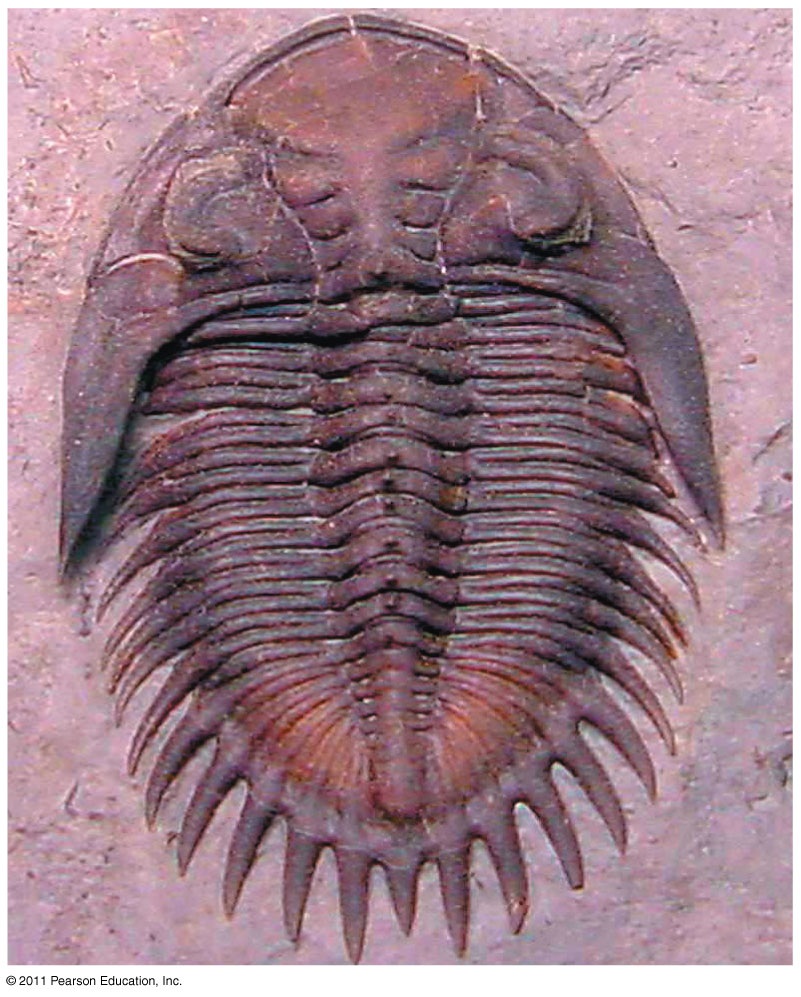
Subphylum or Class Crustacea:
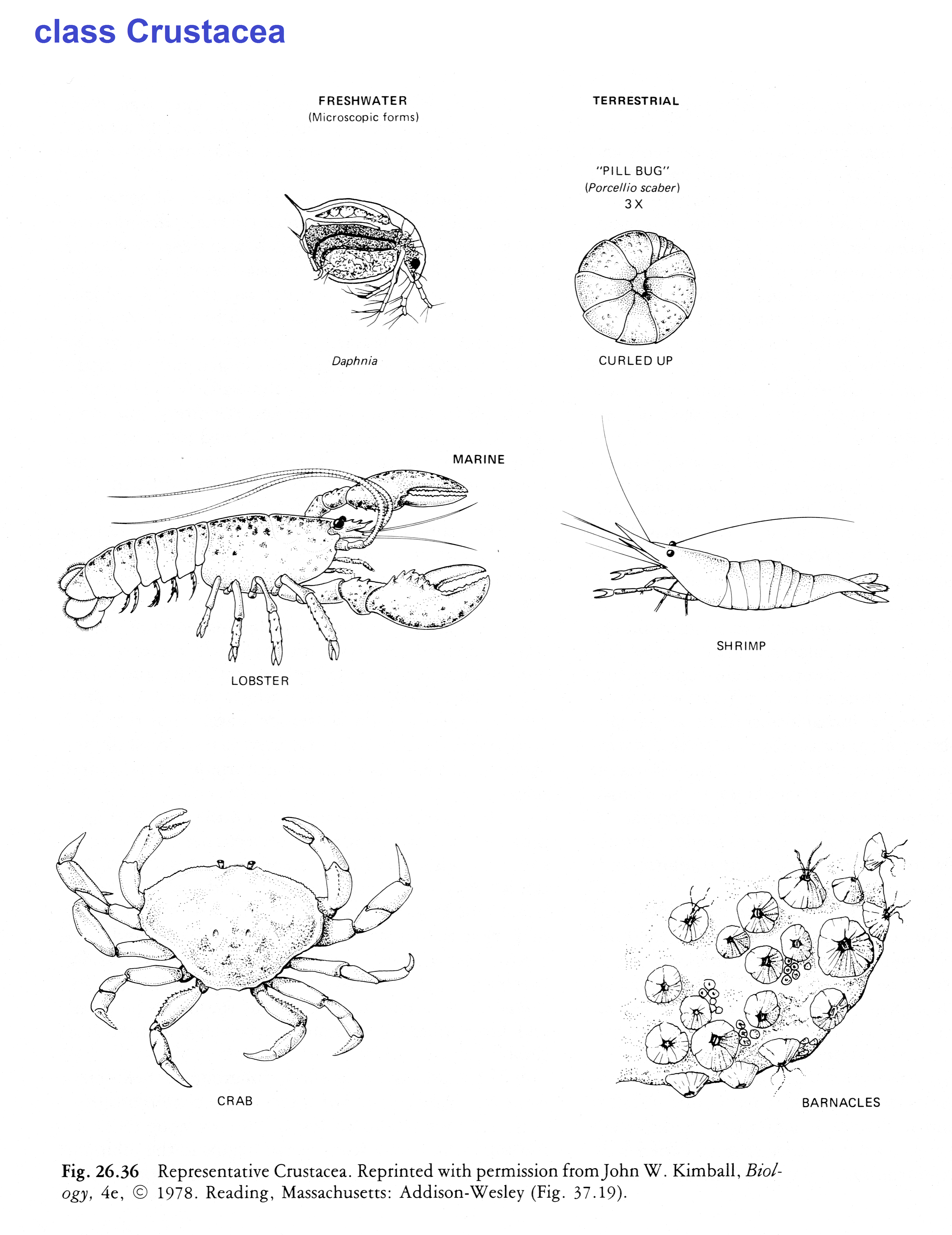
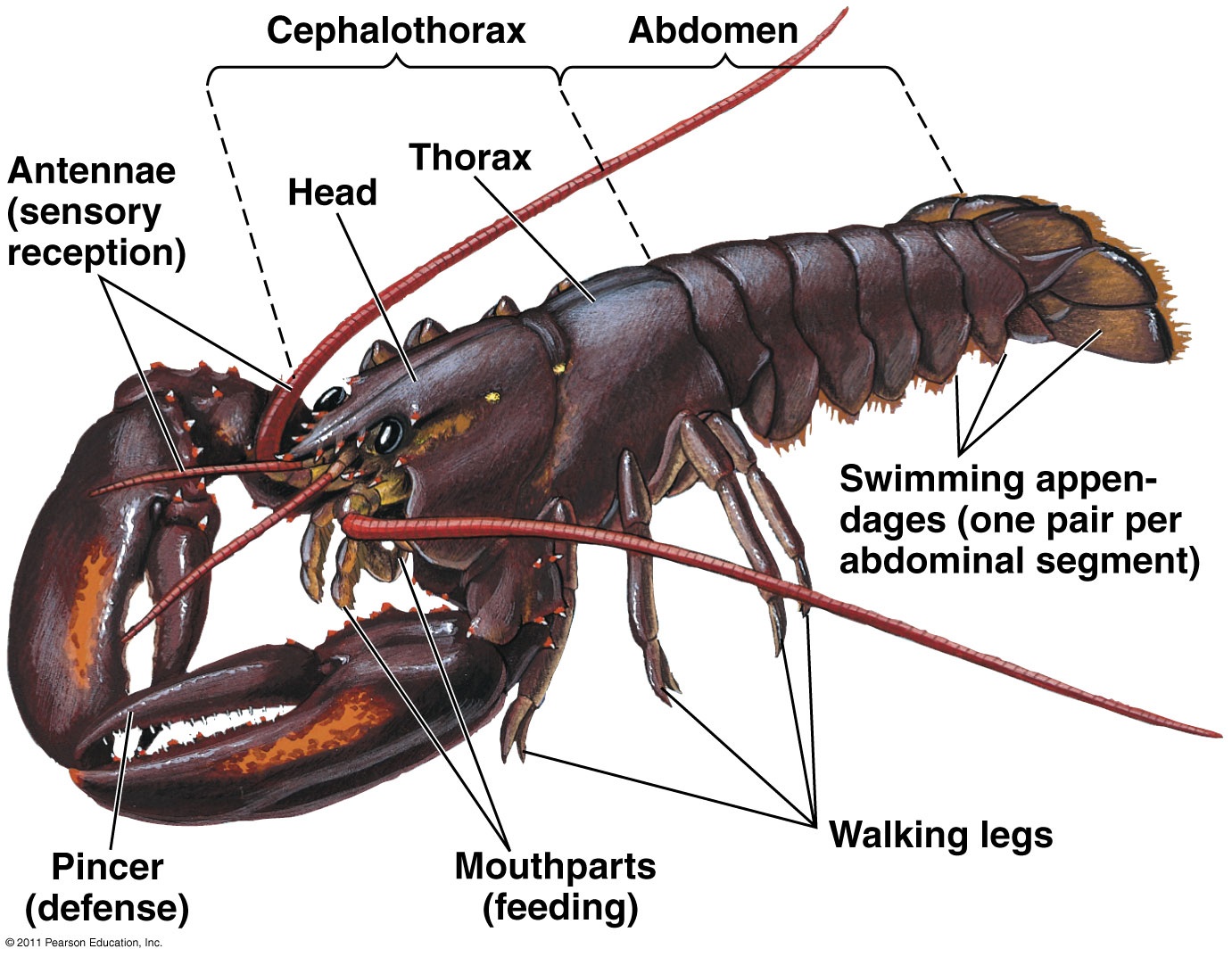
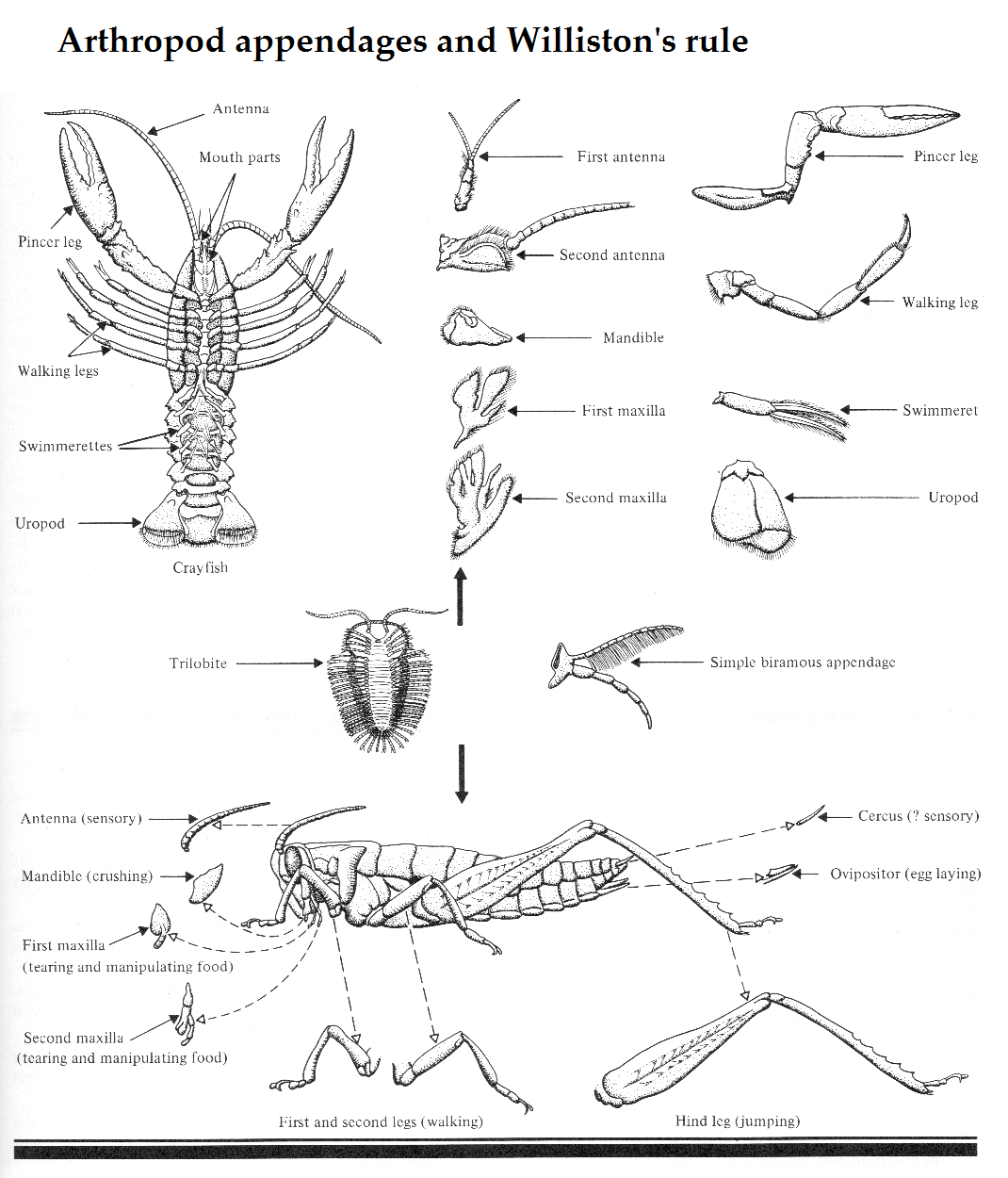
Subphylum Chelicerata:
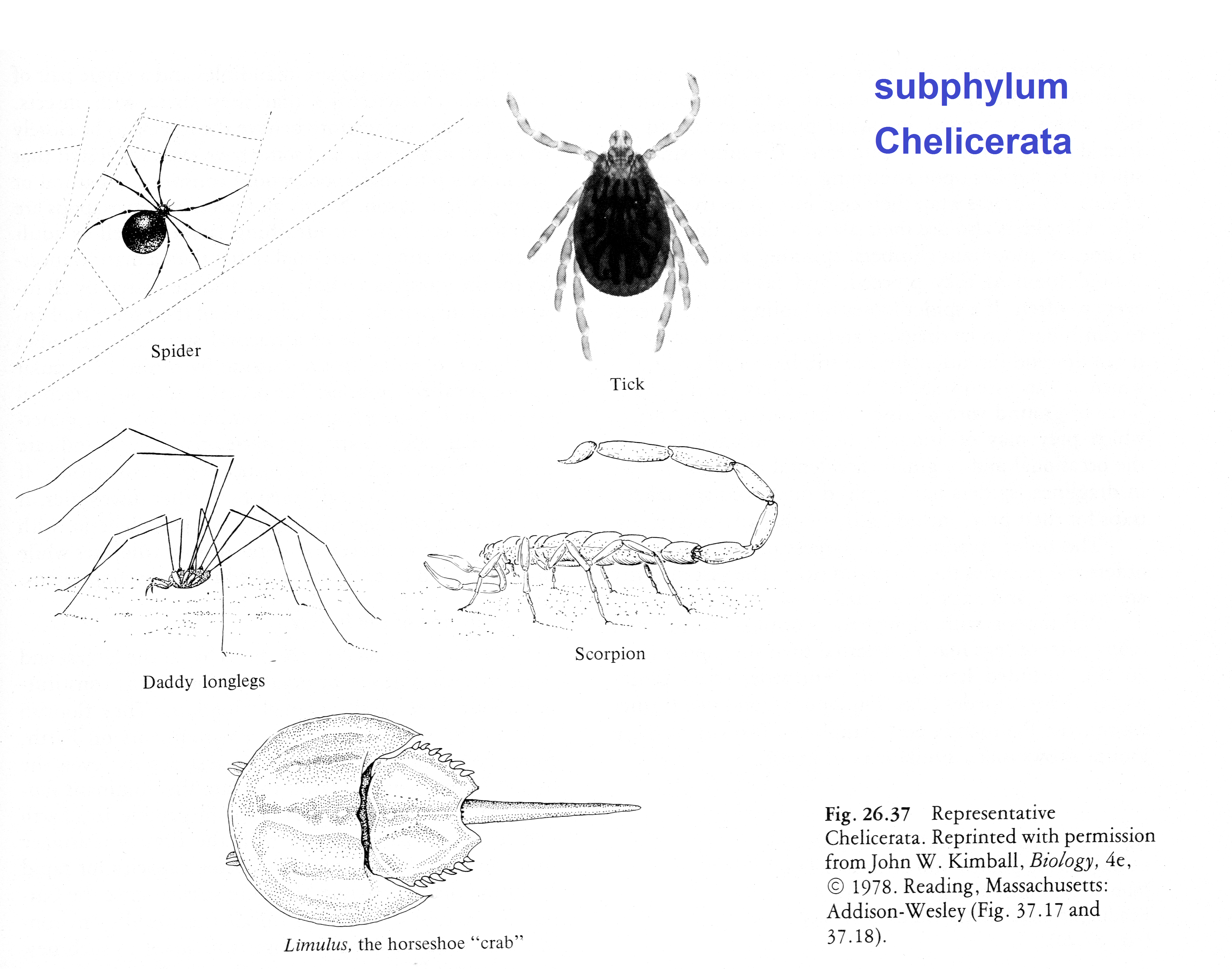

Anatomy of a spider
Subphylum Uniramia — myriapods
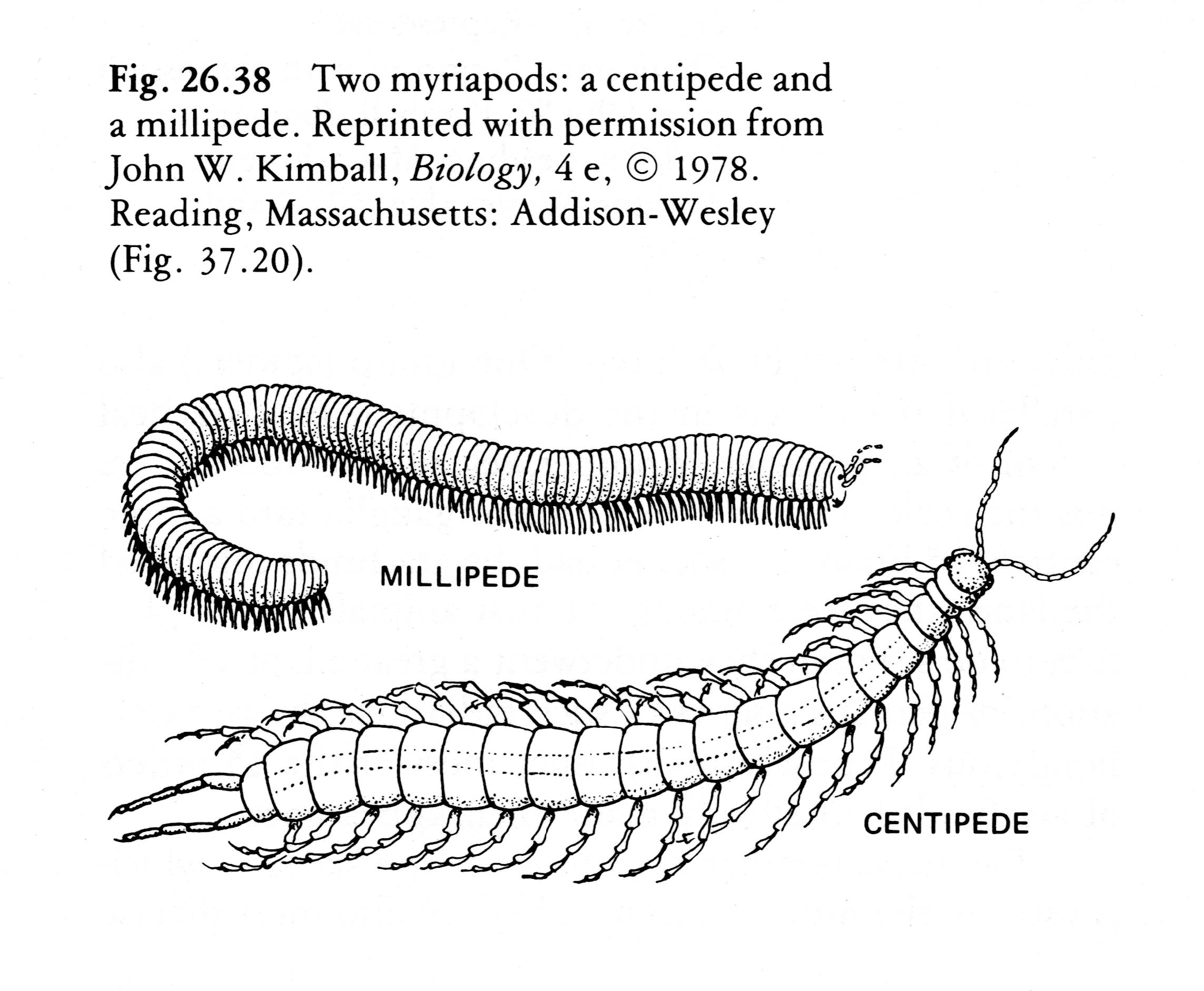

Subphylum Uniramia — Class Insecta:
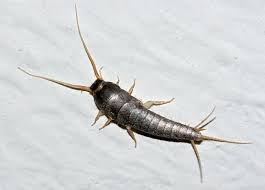 Silverfish (order Zygentoma=Thysauura) | 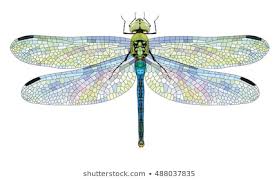 Dragonflies (order Odonata, above and right) | 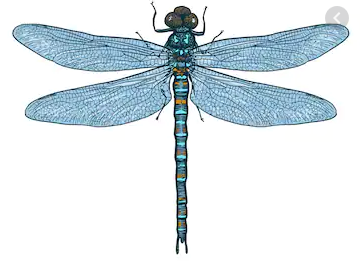
|

Anatomy of a Grasshopper (order Orthoptera)
 Praying mantis (order Mantodea) | 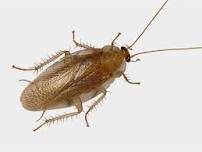 Roach (order Blattaria) |

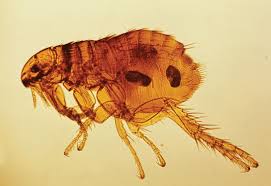
Fleas (order Siphonaptera)
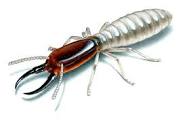
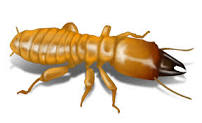
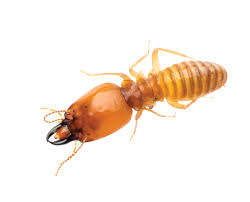
Termites (order Isoptera)

| 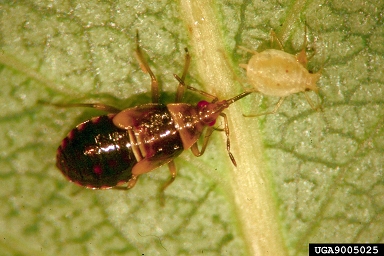
| 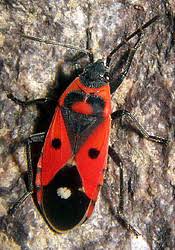
|
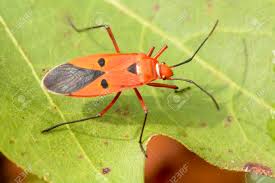
| True bugs (order Hemiptera) Notice the piercing mouthparts and the wings whose transparent rear tips overlap when the wings are folded back |
| Cicada (order Homoptera) | 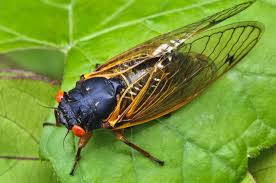
|
| Butterflies (order Lepidoptera) | 
| 
|
| Flies (order Diptera) | 
| 
| 
|
| Beetles (order Coleoptera) The leathery outer wings (forewings) are protective; the hind wings, used for flying, are hidden underneath. | 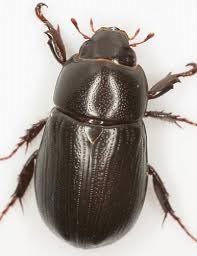
| 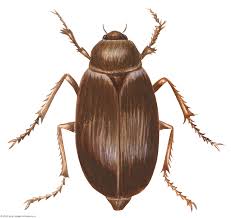
| 
|
| Order Hymenoptera: social insects (bees, wasps, and ants) | 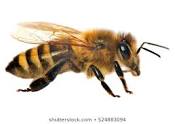
| 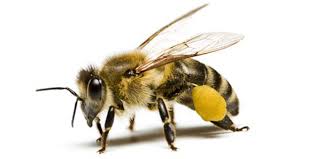
| 
|
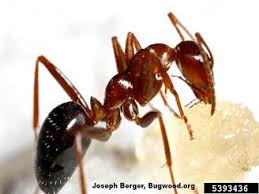
| 
| 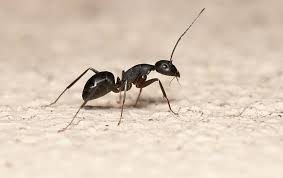 
| 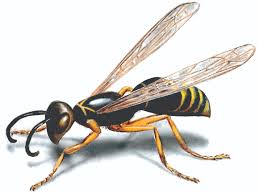
|


—— revised March 2020 ——